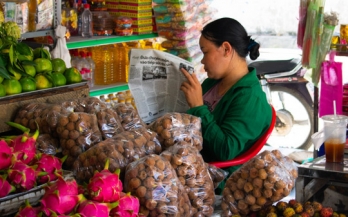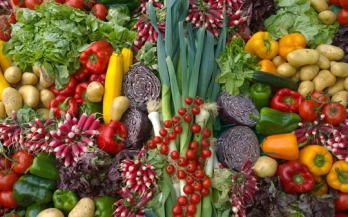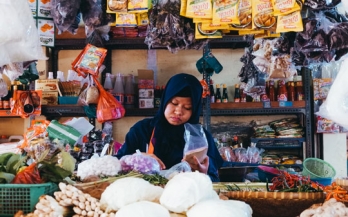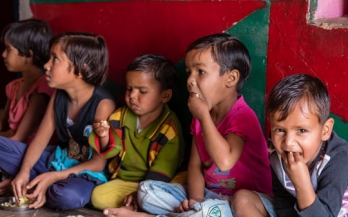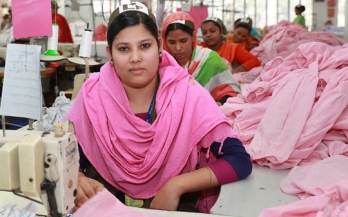This month GAIN organised an event, in partnership with the Scaling Up Nutrition Movement (SUN) and the Global Health Centre at the Graduate Institute in Geneva, on urbanisation and nutrition. While there have been some voices calling for these two issues to come together, this has not really happened, although things now seem to be changing.
Has the food and nutrition policy community adapted to the new urban realities and, if not, how should they? This was the topic of the launch of the new IFPRI Global Food Policy Report on urbanisation, food security and nutrition.
At GAIN we strive for sustained impact. Our aim is to improve the consumption of nutritious and safe food for all, especially the most vulnerable. We work hard to make sure our programming, policy and knowledge work form a virtuous circle that generates that impact. Hence, we take knowledge seriously: as producers, but also as consumers. Here is our end-of-year list for the articles, books, blogs, videos and reports that have influenced our thinking this year.
There is increasing evidence that improved agrobiodiversity (that is, the diversity of crop and livestock genetic resources – domesticated or wild – which contributes to agriculture and food production) can enhance human nutrition through several pathways.
Making Markets Work (MMW) is a joint programme between GAIN and six leading development agencies which aims to catalyse the power of markets and the private sector to make nutritious and safe foods more available, affordable and desirable. The programme charts new models, approaches and concepts to guide governments, investors and business to equip and shape markets to tackle malnutrition.
Malnutrition is a major problem across many parts of the world, leading to poorer outcomes in infants and children and health problems throughout life, which reduce economic growth and quality of life. Many of the causes of malnutrition have to do with diets, and diets are shaped by the food system.
I go to many meetings where the term "food system transformation" is bandied about. Sometimes the term goes unquestioned - for some people it has entered into the rarefied atmosphere of development jargon. But increasingly (thank goodness) the question is being asked: what does food system transformation mean? So what is the answer?
Small and medium-sized enterprises (SMEs) are central to low- and middle-income country (LMIC) food systems and have the potential to increase local accessibility (availability and affordability) of nutritious and safe foods.
Pellagra. Beriberi. You likely haven’t heard of these debilitating diseases: they were virtually eradicated more than 70 years ago by adding essential vitamins and minerals to commonly consumed staple foods and condiments. One of the most common forms of fortification, salt iodisation, is now practiced in more than 160 countries and is credited with preventing 750 million cases of goitre over the past 25 years.
The Consumer Goods Forum, which brings together 400 consumer goods companies and retailers, has joined forces with the Global Alliance for Improved Nutrition (GAIN) to encourage employers to take action on improving the nutritional outcomes for their workers and employees.
